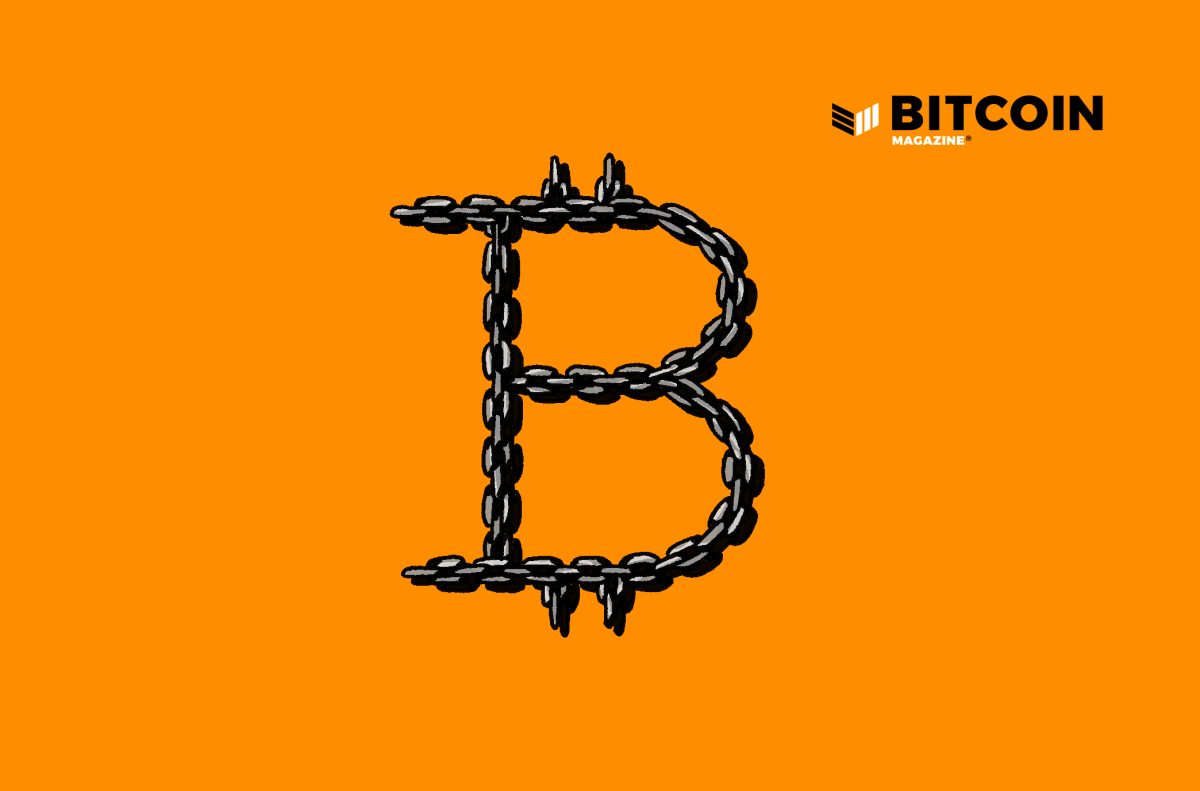The Bitcoin white paper is far from a comprehensive definition of the Bitcoin network and too many have forgotten that.
This is an opinion editorial by Shinobi, a self-taught educator in the Bitcoin space and tech-oriented Bitcoin podcast host.
The Bitcoin white paper is one of the most important documents written this century to everyone reading this. Every Halloween, somewhere in the back of our minds, „this is when it happened“ invades our consciousness. It really was one of those random, innocuous moments at the time that just interjected out of nowhere something that would radically shift the dynamics of the world. It laid out the framework of an idea that even today, at a ridiculously tiny size and significance in the world and its economy, has still had a massively outsized effect on this planet.
It was innocuously dropped on the cryptography mailing list at 18:10 UTC with the paper abstract and this little blurb:
I've been working on a new electronic cash system that's fully peer-to-peer, with no trusted third party.
The paper is available at:
http://www.bitcoin.org/bitcoin.pdf
The main properties:
Double-spending is prevented with a peer-to-peer network.
No mint or other trusted parties.
Participants can be anonymous.
New coins are made from Hashcash style proof-of-work.
The proof-of-work for new coin generation also powers the network to prevent double-spending.
Only a relatively small handful of people saw this post or engaged with it, but that was where the first domino fell and the cascade of all the ones to come began. In that regard it is a pivotal piece of history that should be remembered and appreciated as such. But in the grand scheme of things, the white paper is not what many people in this space have held it up to be. It is not a specification of the Bitcoin protocol. It is not the definition of Bitcoin. The white paper did not actually create the Bitcoin network. The code and client that Satoshi Nakamoto released roughly two months later did.
What The Bitcoin White Paper Left Out
The white paper is just a high-level description of concepts. All it really does is go through, in a highly oversimplified manner, the fact that a solution to the double-spend problem was found. There is no deep analysis of the overall protocol and network structure, there isn't a comprehensive definition of the protocol itself, it's essentially just the academic equivalent of „Hey, I had this idea, check it out.“ So much of the protocol itself is not even mentioned at all in the paper.
For instance, section two of the paper states:
„We define an electronic coin as a chain of digital signatures. Each owner transfers the coin to the next by digitally signing a hash of the previous transaction and the public key of the next owner and adding these to the end of the coin. A payee can verify the signatures to verify the chain of ownerships.“
There was an absurdly-complicated scripting system used to lock and unlock coins in the process of transacting them. It would allow the construction of scripts, or „predicates“ (an equation that evaluates to true or false) as Nakamoto referred to them here, that could require all kinds of arbitrary conditions to be met in order to spend a coin. It is entirely possible, as has been done before, to create a coin that does not require any digital signature at all to spend.
The way the white paper describes what a „coin“ is in the second section is a vast oversimplification that ignores all of the possible functionality of multisignature, escrows, hash locks and everything that can be built (and has been built) using those primitives. Because the point of the white paper was not to explicitly define the details of the protocol, it simply sought to get across the basic concept of being able to securely control a coin without depending on a central authority. The use of signatures, and all the other arbitrary conditions that can be created with script, can all be publicly verified by everyone scanning the chain.
In the fourth section, on proof of work, nothing in terms of actual specifics is mentioned in relation to the difficulty target. The difficulty period is not defined, the number of blocks on average, nothing. In the incentive section discussing the block reward subsidy and the ability to transition from new coins being issued to purely transaction fees, no total supply is discussed, no rate to dictate the slowing of new issuance, no time schedule for it — all of these things are left completely undefined in the white paper. Because it is not a definition of Bitcoin. It is purely a conceptual introduction at a very high level to the key things that make the system actually viable.
Talked About, But Never Implemented
Some things in the white paper that were explicitly talked about were never even implemented in the real system. In discussing simplified payment verification (SPV) in section eight of the paper, Nakamoto discussed the potential for malicious miners to fabricate invalid payments if they were able to overpower the rest of the network and trick SPV clients into accepting invalid transactions. This is possible because all they are using to verify anything is a blockheader and the Merkle tree path including that individual transaction, they see nothing from the rest of the block. Nakamoto suggested the possibility of nodes on the network sending „alerts“ to SPV clients whenever they encounter an invalid block, so they can download and verify it. This was never built out because it's not possible to validate a block without having validated the block before it, and so on and so on back to genesis. It literally wasn't possible to do.
Now, the door might be opened in the future for such things by zero-knowledge proofs, but the vague idea laid out to solve a major problem here in the white paper has, as of yet, not been implemented. Nakamoto speculated on the possibility of zero-knowledge proofs in Bitcoin, but they were much less developed of a technology then and something clearly above Nakamoto’s level in terms of deep understanding.
How To Think Of The Bitcoin White Paper Today
Looking at all of these examples, we can see that there were very critical and defining aspects of the Bitcoin protocol that was launched in January 2009 that were not even mentioned in the paper at all. We can also see that a very critical security protection suggested in the paper is still to this day not actually implemented in any Bitcoin software.
The white paper is a very important document in historical terms, and a very important document in terms of conveying the most basic concepts underpinning the design of Bitcoin as an abstract system, but in terms of the actual specific technical details of the protocol and network, it is essentially irrelevant.
This was the failure of many Bitcoiners that have drifted away from the system in favor of broken protocols like Bitcoin Cash or Bitcoin Satoshi's Vision — they treated the white paper like a protocol specification. It's not. It never was.
This is a guest post by Shinobi. Opinions expressed are entirely their own and do not necessarily reflect those of BTC Inc or Bitcoin Magazine.


